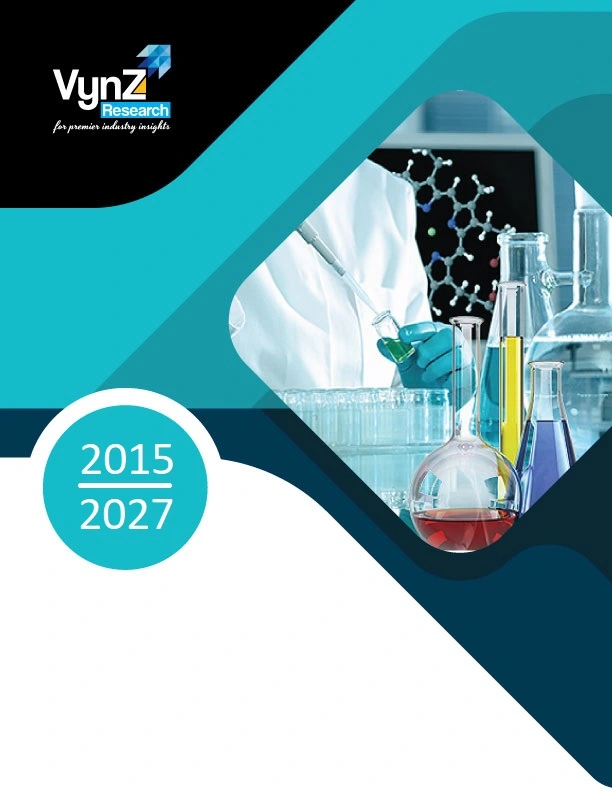Industry Overview
Smart coatings are special films that sense and respond to environmental and external stimuli. These coatings can also respond to changes in light, chemical, pressure, heat, and other stimuli. These coatings are made of programmable materials that possess variety of chemical, physical, mechanical, and electrical properties. The global smart coatings market is growing at a significant rate, and expected to attain a considerable growth during the forecast period. This is attributed to the self-healing and self-repair properties of these coatings which makes them suitable for various purposes such as material protection, corrosion protection, and other improvement applications.

Smart Coatings Market Segmentation
Insight by Function
On the basis of function, the smart coatings market is segmented into anti-corrosion, anti-icing, anti-fouling, self-healing, self-cleaning, and others. The high demand of anti-corrosion coatings is making it most dominant and prominent category in the overall market, owing to its rising demand in the automotive and transportation industry for the protection of body parts of vehicles such as lock parts, exhausts, suspensions, door closures, engine components, and others. All these factors are driving the market growth and expected to register the highest growth in the market.
Insight by Layer
Based on layer, the smart coatings market is segmented into single-layer and multi-layer. Multi-layer coatings category dominated the market, as each layer provide separate functionality, making them popular in the market. Recently, the use of these coatings are proposed in medical applications, for instance, it has been proposed for hip replacement prosthetics.
Insight by End-User
Based on end-user, the smart coatings market is segmented into automotive and transportation, aerospace and defense, marine, and others. Of all these end-user category, automotive and transportation is the fastest growing category and projected to register a highest CAGR during the forecast period. This is attributed to the increasing use of these coatings in the body hardware, lock part, exhaust, suspension, clamps and hose connections for the protection against abrasion, and others.
Global Smart Coatings Market Report Coverage
|
Report Metric
|
Details
|
|
Historical Period
|
2018 - 2023
|
|
Base Year Considered
|
2024
|
|
Forecast Period
|
2025 - 2030
|
|
Market Size in 2024
|
U.S.D. xx Billion
|
|
Revenue Forecast in 2030
|
U.S.D. xx Billion
|
|
Growth Rate
|
xx%
|
|
Segments Covered in the Report
|
By Function, By Layer, and By End-User
|
|
Report Scope
|
Market Trends, Drivers, and Restraints; Revenue Estimation and Forecast; Segmentation Analysis; Impact of COVID-19; Companies’ Strategic Developments; Market Share Analysis of Key Players; Company Profiling
|
|
Regions Covered in the Report
|
North America, Europe, Asia-Pacific, Middle East, and Rest of the World
|
Industry Dynamics
Smart Coatings Market Growth Drivers
Superior properties of these coating and increasing use in end-user industries are the major factors that are driving the smart coatings market growth. These coatings improve the systems’ efficiency by reducing the inspection times, equipment downtime, and maintenance costs. It also helps in extending the life of components and structures that are made of corrosive materials, hence reducing the repairing need of corroded areas. The various other advantages include the ability to prevent corrosion and are also environment friendly.
Smart Coatings Market Challenges
Environmental implications and low durability in extreme weather conditions are identified as major challenge in the smart coatings market growth. While developing these coatings, manufacturers must comply with various statutory regulations such as European Union Registration, Evaluation, Authorization, and Restriction of Chemicals (REACH) compliance, and others. It generally forces the replacement of carcinogenic or toxic components in coatings formulations, which might restrict the market growth in the coming years.
Recent Developments By the Key Players
Axalta Coating Systems and Dürr Systems AG have collaborated to provide a digital paint solution that combines Axalta’s NextJet technology with Dürr’s robotics integration.
Smart Coatings Market Industry Ecosystem
The availability of raw materials and their prices are the factors which are determining the cost structure of products offered by them. The basic raw materials that are used in smart coatings industry are inorganic chemicals and methylamines.
Smart Coatings Market Geographic Overview
During the forecast period, Asia-Pacific is anticipated to witness the highest growth in the smart coatings market, owing to the rising demand from end user industries such as aerospace and defense, automotive and transportation, marine, building and construction, and others. The demand is particularly driven from countries such as China, India, Brazil, and others. Along with that, the rising population and disposable income along with the manufacturing industry growth is driving the smart coatings market in the region.
Smart Coatings Market Competitive Insight
Various developments are taking place in the market coupled with the increasing research and development efforts in an industry. For instance, Ford Motor Company is interested in functional coatings for light detection and ranging sensor for autonomous vehicles.
- 3M Company
- PPG Industries Inc.
- AkzoNobel N.V.
- The Sherwin-Williams Company
- RPM International
- Axalta Coating Systems
- NEI Corporation
- Royal DSM
- Helicity Technologies.



